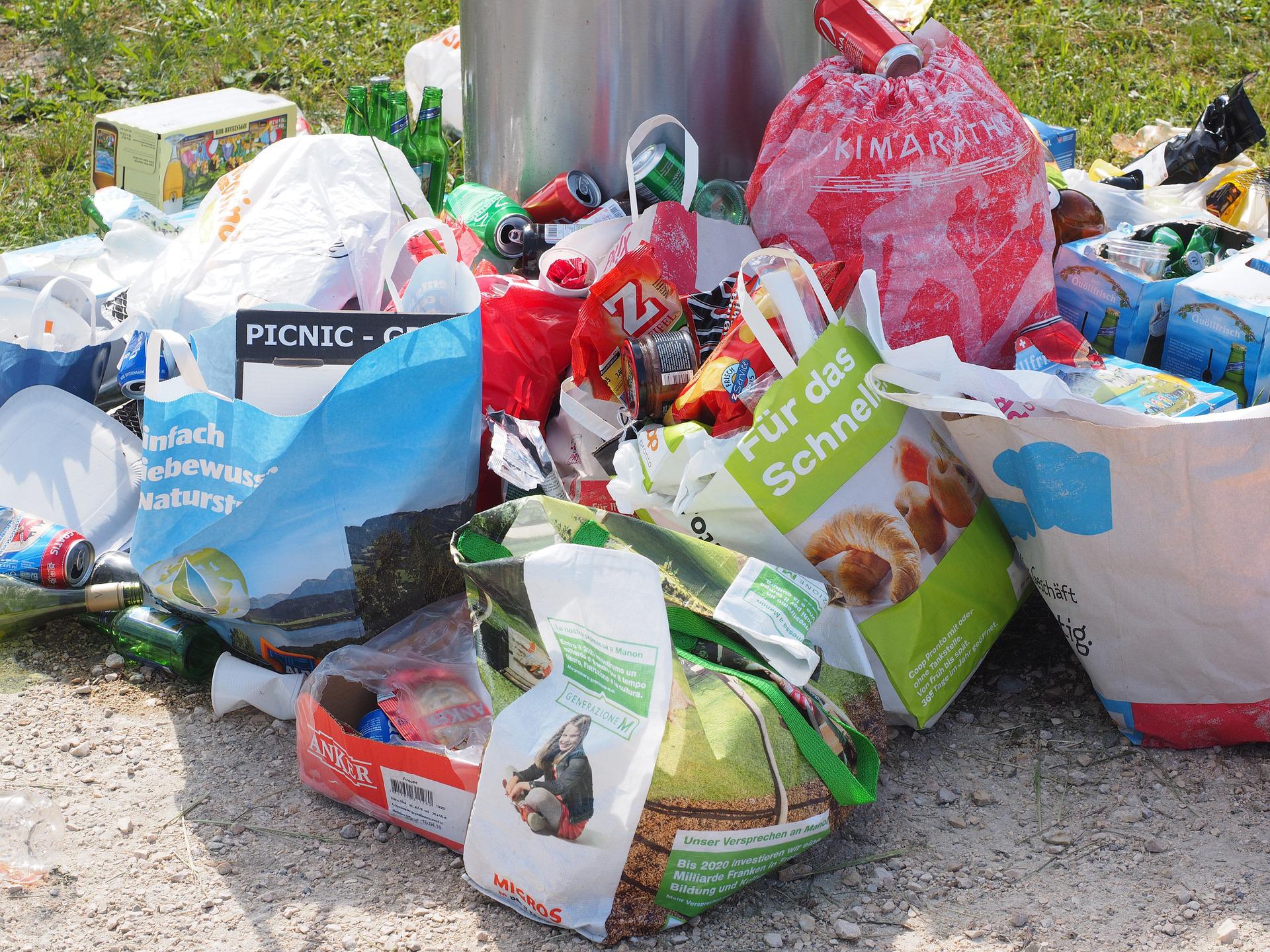In the first half of 2022, Austrian households collected a total of 522,870 tons of waste consisting of packaging and waste paper.
This is a slight decrease of 2% compared to the previous year. According to Altstoff Recycling Austria AG (ARA), this is mainly attributable to the economic situation, changes in consumption, and the avoidance of packaging.
522,870 tons of packaging and waste paper were collected from Austrian households
With the Austria-wide standardization of the yellow garbage can from 2023, the collection volume is expected to increase significantly, especially for plastic packaging. In the first half of 2022, Austrians collected 522,870 tons of waste paper and packaging. At 288,900 tons, the report recorded a decline of -4.3%. The discontinuation of print products explains the reduction in volume. Still, it can also be attributed to the increased return rate in the lockdown phases in the comparative period of 2021.
Stagnating market situation influences the collection volume of lightweight packaging
The stagnating market situation and the avoidance of plastic packaging influence the collection volume of lightweight packaging (predominantly plastic packaging): 88,700 tons of lightweight packaging (-2.0%) were recorded in the first half of 2022. Metal packaging shows a similar picture: 15,770 tons of metal packaging and thus 1.3 % less than in the previous year were collected separately. Glass packaging saw an increase of 3.5% – here, the accumulated volume grew to 129,500 tons compared to a weaker prior-year period.
Increase in collection expected in Austria from 2023
A significant increase in the supply is expected next year: “From 2023, the collection of lightweight packaging will be standardized throughout Austria. Then all plastic packaging should be in the yellow garbage can and the yellow bag. “, ARA executive Christoph Scharff.
Austria must double the recycling of plastic packaging
The bar is high. By 2025 Austria must double the recycling of plastic packaging from 25% to 50%. “To achieve this, we must collect 80% of all plastic packaging placed on the market in the future, sort out 80% of it for recycling, and finally achieve an 80% yield in recycling,” predicts Scharff.
This post has already been read 1560 times!



